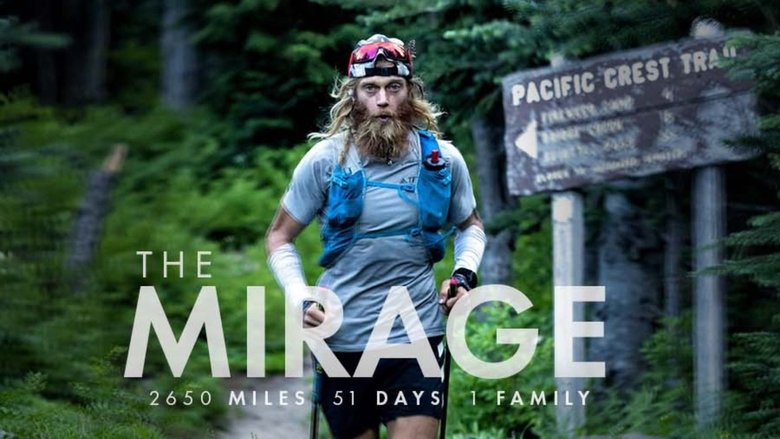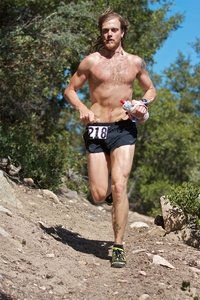The Mirage
Genres
Documentary
OverView
Join us for a series of films which explore the highs and lows of long distance trail running. In this thrilling collection brought to you by adidas TERREX, watch the world’s best runners test the limits of resilience and endurance to live the sport they love, and be united with their families at the finish line. As well as following pro athletes Sabrina Stanley, Stephen Kersh, Ruth Croft and Pablo Villa, it’s a chance to watch the UK premiere of ‘The Mirage’ with ultra runner Timothy Olson, documenting his attempt to run 50 miles a day for 50 days to break the fastest known time on the Pacific Crest Trail. Braving record high temperatures and impending wildfires, he must outrun nature to reach the trail's end before the birth of his daughter. Being present in the moment, finding your purpose, and pushing through the pain are what all runners chase after. On the world’s longest trails, these brief moments of joy can be the only thing keeping you going.
Others
Budget
$--
Revenue
$--
Status
Released
Original Language
French
Runtime
0 mins
Rating
0/10
Release Date
02 December 2022
Country


